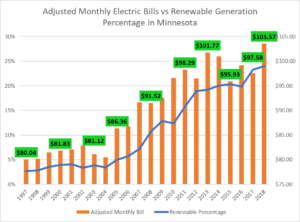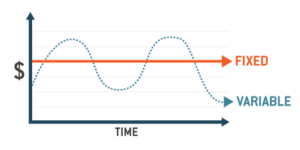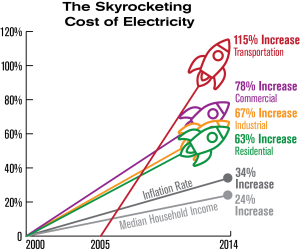Renewable energy, unlike fossil fuels such as oil and natural gas, is produced from inexhaustible sources such as solar wind, biomass, water, and geothermal. Renewable energy sources are found in nature and are not produced by humans. Renewable energy sources can be counted on to provide long-term, cost-effective, and reliable electricity due to their sustainability. These Reliant Energy Rates are also known as green energy are non-polluting and cleaner to use than fossil fuels like gasoline.
They do not contain hazardous waste or greenhouse gases when used in systems that generate energy. Many countries around the world are considering clean energy as a way to reduce our reliance on polluting fossil fuels like oil.

Power generated by renewable energy sources such as commercial solar arrays and wind turbines or wind farms can be offered by electricity providers to their customers. The consumer pays a marginally higher energy bill, but it allows them to reduce their reliance on fossil fuels.
Solar Energy:
In the case of energy generation, solar power is produced by sunshine, and in the case of solar hot water systems, heat from the sun is used. Solar panels are typically installed on the roof to allow the sun’s energy to flow freely. Solar hot water systems are very powerful and have been around for a long time, while solar power is a relatively recent concept. Solar power is a renewable energy source.
The energy released as an object is heated is known as thermal energy. This form of energy may come from a variety of sources, the most common of which are conventional fossil fuels such as coal, oil, and natural gas. The trouble with traditional fuels is that they have a finite supply, are expensive to manufacture, and produce toxic byproducts that affect our atmosphere.
Solar Thermal Energy: Solar thermal energy devices, also known as solar thermal collectors, are available in a variety of price points and energy capacities. Alt-, medium-, and high-energy collectors are the three types of energy collectors that are often used. Production capacities, costs, and construction methods vary by class.
Manufacturers also stress the disparity in efficiency and durability between their solar panels and those assembled by amateur workers. This is, of course, a marketing ploy, and there is no excuse why you shouldn’t be able to construct a solid, viable solar panel. Although the effort can be too much for others, if you like doing good old-fashioned jobs chances are good.
Hydroelectric power: The power of water running over and moving a water turbine or generator produces hydroelectric energy. The blades of the turbine are rotated by running water rather than wind, as in a wind turbine. Hydroelectric devices, including wind turbines, rely on the existence of a steady stream of running water to function properly. There are micro-hydroelectric systems on the market that can generate electricity.
Hydropower supply systems are essentially a mixture of the energy sources previously described. Solar panels and wind turbines are popular, but they may also have more traditional generation equipment including diesel generators and battery banks. The technology behind these devices is now very advanced and well-proven. Hydro systems provide a lot of versatility, which is why they’re so popular in many countries, hydroelectricity is a reliable source of energy. This is due in part to the fact that it is entirely self-contained. Solar and hydroelectric power are examples of alternative energy sources that tend to keep things running smoothly.




